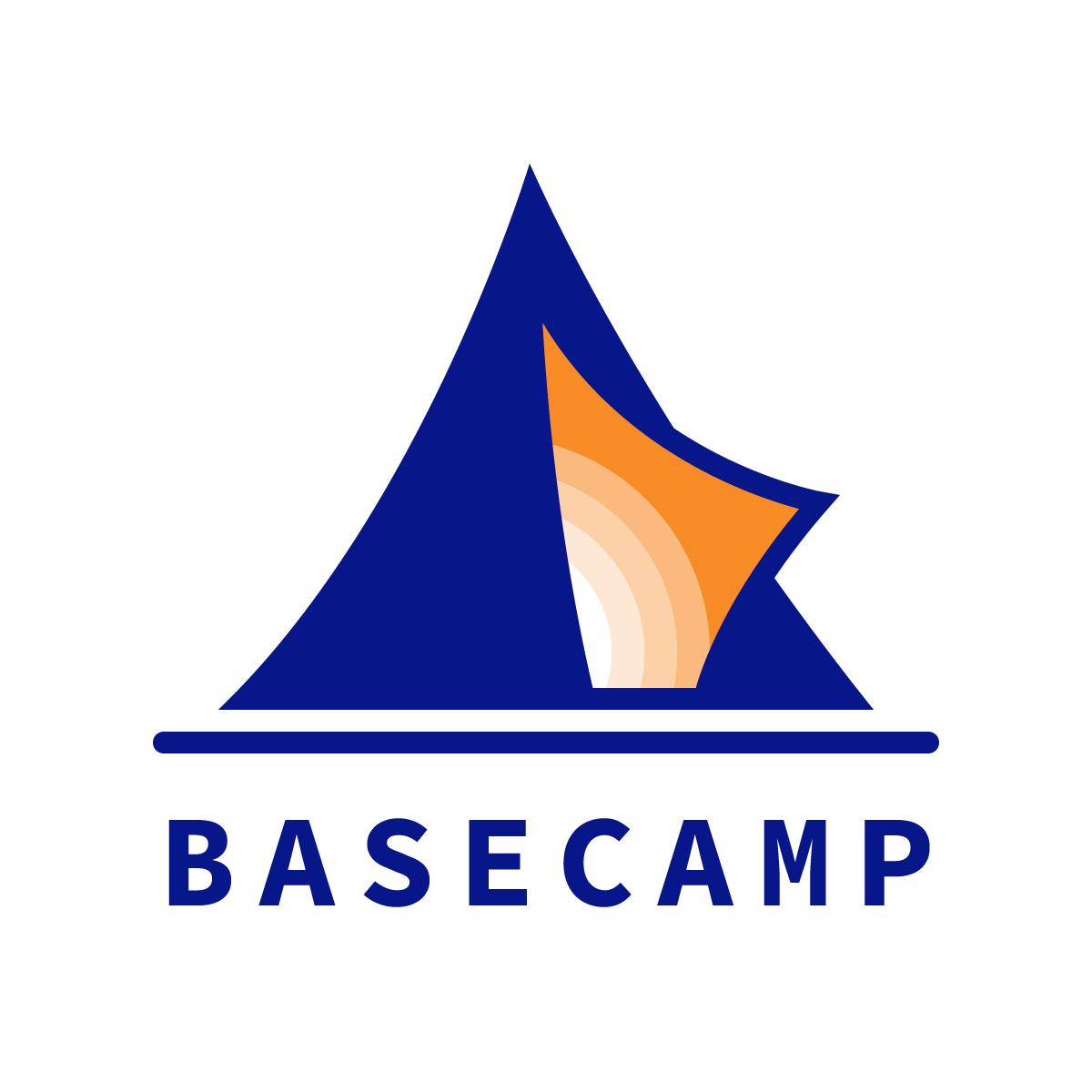Future of Learning Top Reads for week of Sept 11 2017
Photo by Jamison McAndie on Unsplash
If you want to sketch the contours of the future of learning, it helps to read beyond traditional educational publications.
This week I am only featuring 2 pieces. One is a short blog post, the other is a long whitepaper. They are both rich with compelling ideas.
And they both deserve your attention if you care about where learning will (or should) go next:
***
"Five Horizon-Pushers That Should Be On Your Plate Today," by Grant Lichtman / @grantlichtman, in The Future of K-12 Education blog
"Technologies like artificial intelligence and virtual reality, if combined with effective new pedagogies, will transcend the physical and temporal boundaries of what we think of today as 'school'. Much of our current educational technology is highly transactional; it pushes the same content more efficiently. Evolving technologies will allow highly relational learning to take place without the constraints of a physical campus or building, one teacher or one subject at a time."
Why does this matter to the future of learning? Grant Lichtman and his sometime-thought partner John Gulla, Executive Director of the EE Ford Foundation, have visited 400+ schools over the last five years. Grant's blog post distills the five mega-trends that he sees shaping the near and distant future of learning. You should take time to read not only the other four trends in this blog post, but also Grant's new book, Moving the Rock, which expands upon each of these insights.
The Basecamp team, together with our design parnter FutureSculpt, agree that exponential technologies like artificial intelligence (AI) and virtual reality (VR) will have an extraordinary impact on learning in the next decade. That impact can be positive or negative, depending on how we choose to design with them in mind. Grant expresses that challenge in this excerpt from Moving the Rock: "The hardware and software of VR, similar to all previous technologies we have brought into the classroom, will evolve more quickly than we can adapt to the changes, and that curve will continue to accelerate. What we have to do is to evolve a pedagogy that takes advantage of the unique relation-rich capacities of VR."
In the future, schools that thrive will use exponential technologies like AI and VR to design deeply relational learning experiences that bring out their students' greatest human potential.
***
"The Networked University," by Jeff Selingo / @jselingo, in Open Ideas at Pearson
"The rising cost of US higher education is simply unsustainable [...]. The question now is, after decades of talking about reining in costs, how can institutions actually achieve real savings?"
Why does this matter to the future of learning? With the exception of references to research priorities, everything that Selingo says about the existential threats facing colleges could also be said of independent schools. Fortunately, his whitepaper--which is eminently clear-minded and pragmatic--offers a roadmap for navigating the coming reckoning through strategic partnerships. Selingo writes, "in the interviews I conducted for this paper, officials were united in the assertion that a key bellwether of success [for strategic partnerships] would be having common goals among partners beyond just saving money." He also notes that building a networked university model will depend on institutions choosing "partners based on the importance of shared vision." Finally, he recommends a commitment to building the culture necessary to sustain strategic partnerships over time. In the future, schools that thrive will follow that same order of operations: Mission > Vision > Culture = Innovation.
***
Thank you for reading! Want to receive original Basecamp blog posts every Tuesday and Thursday and "Top Reads" every Saturday? Subscribe here.

